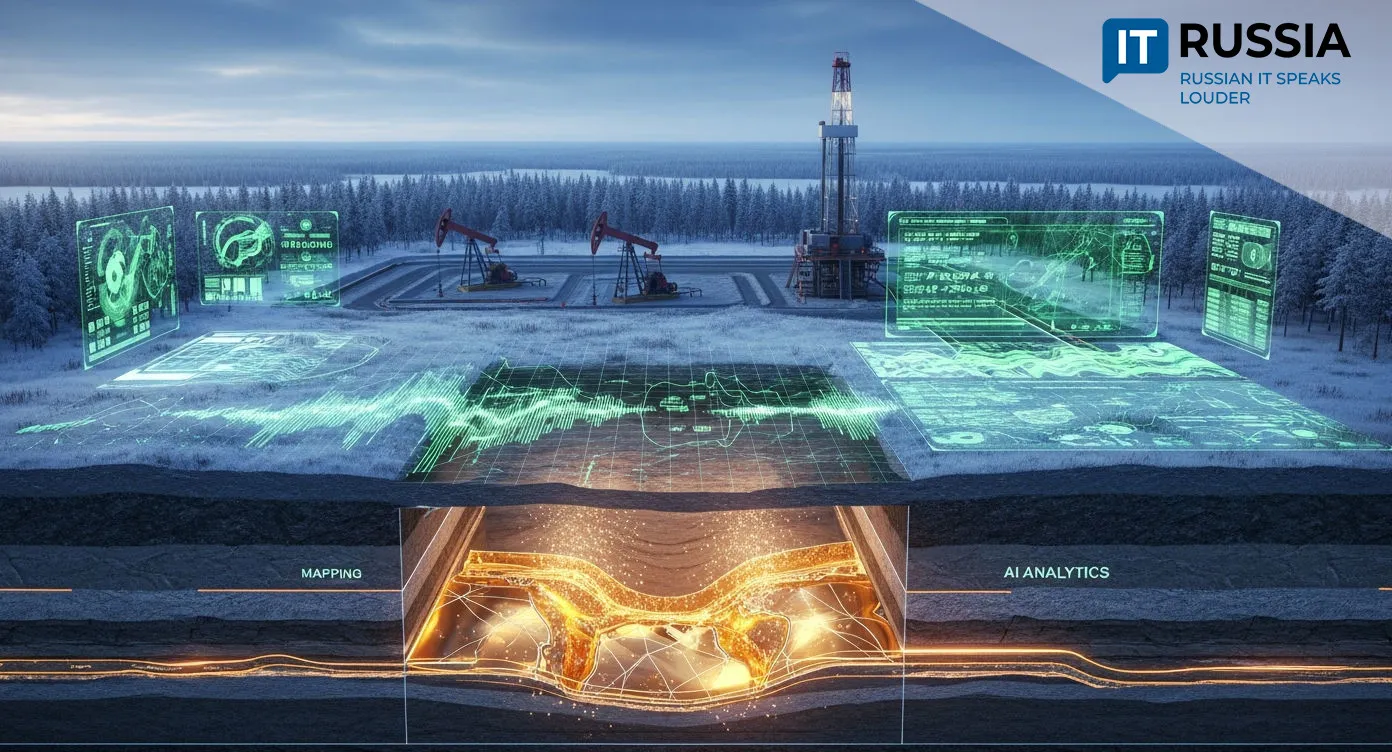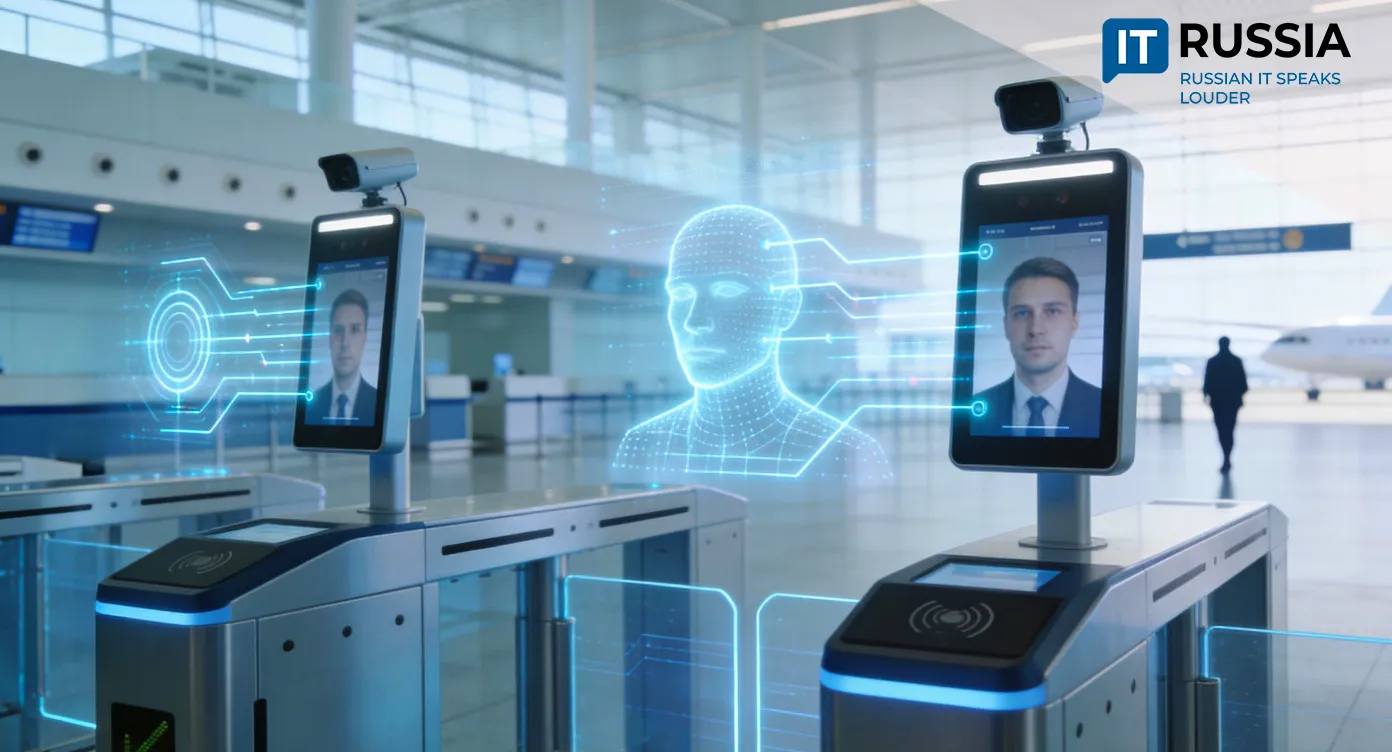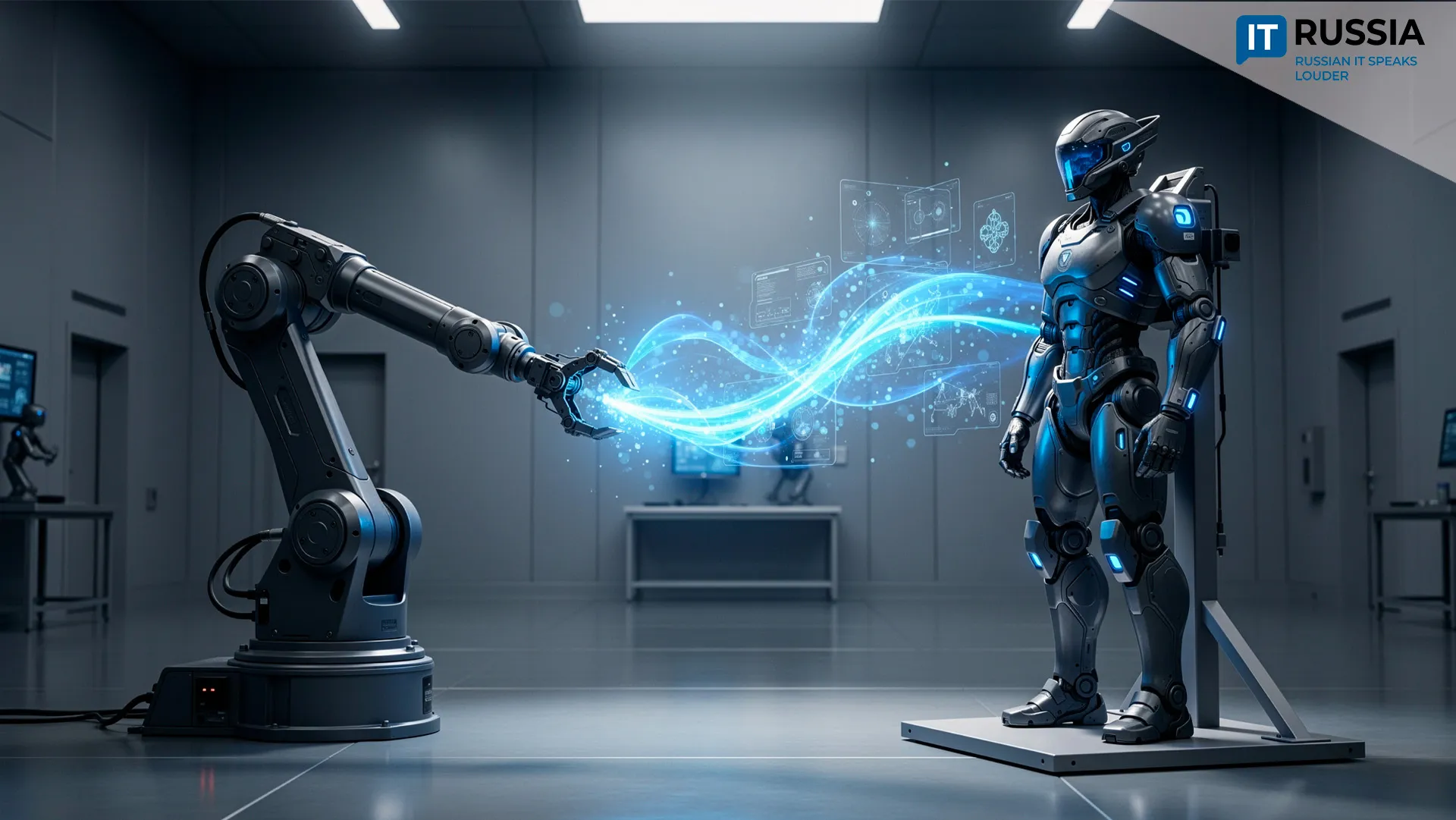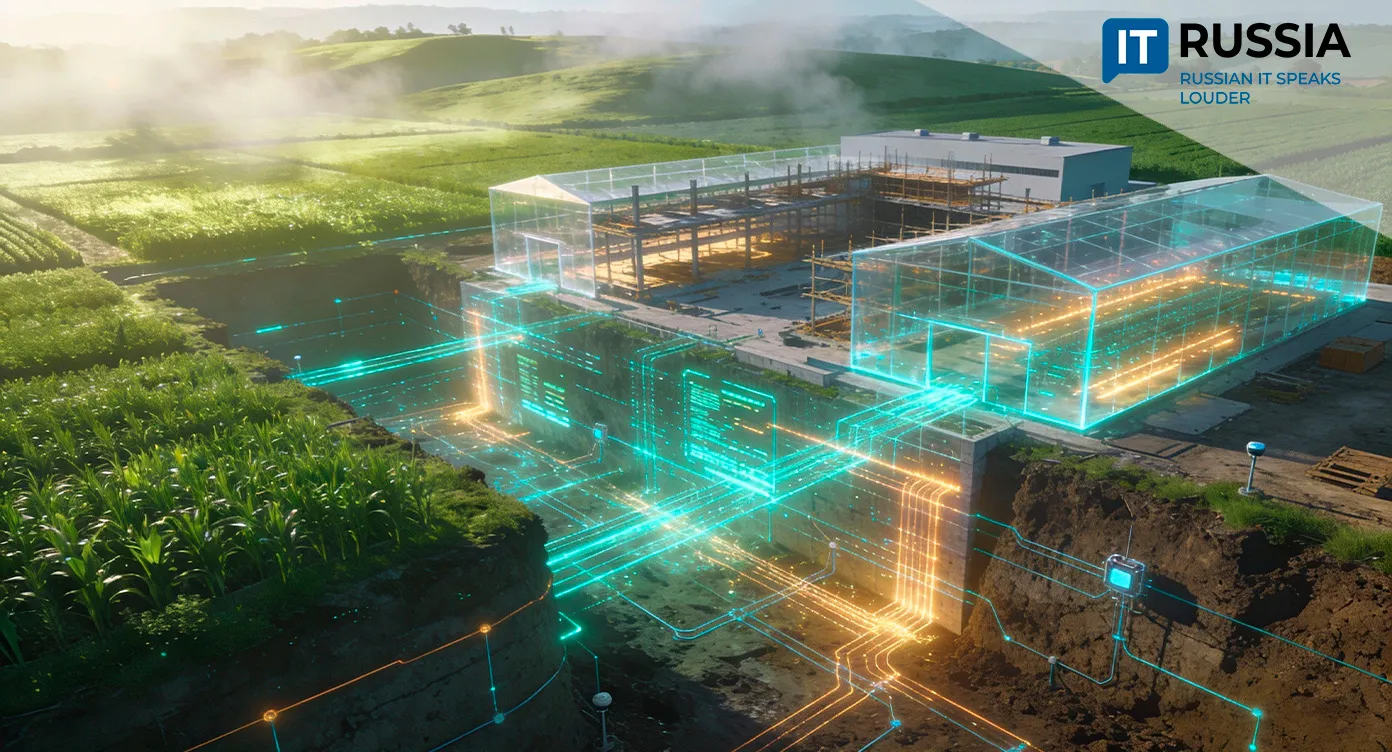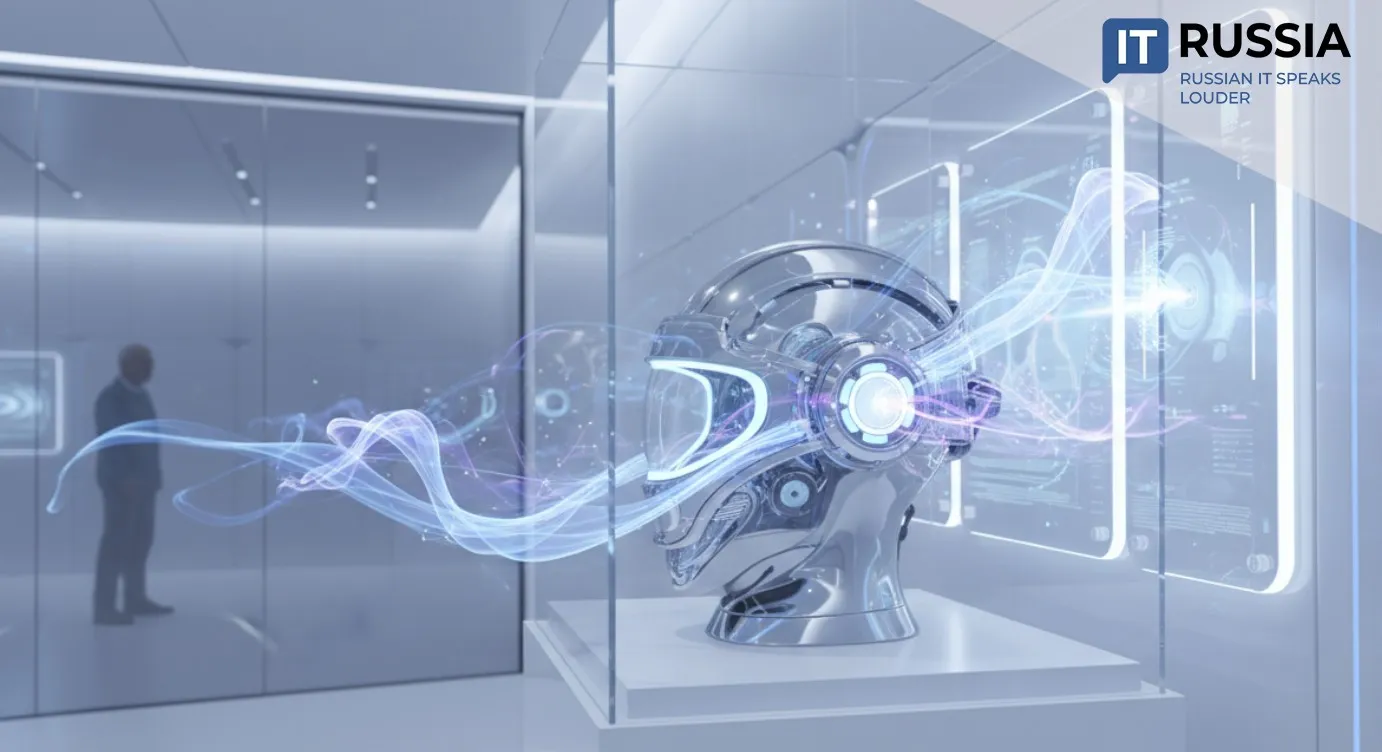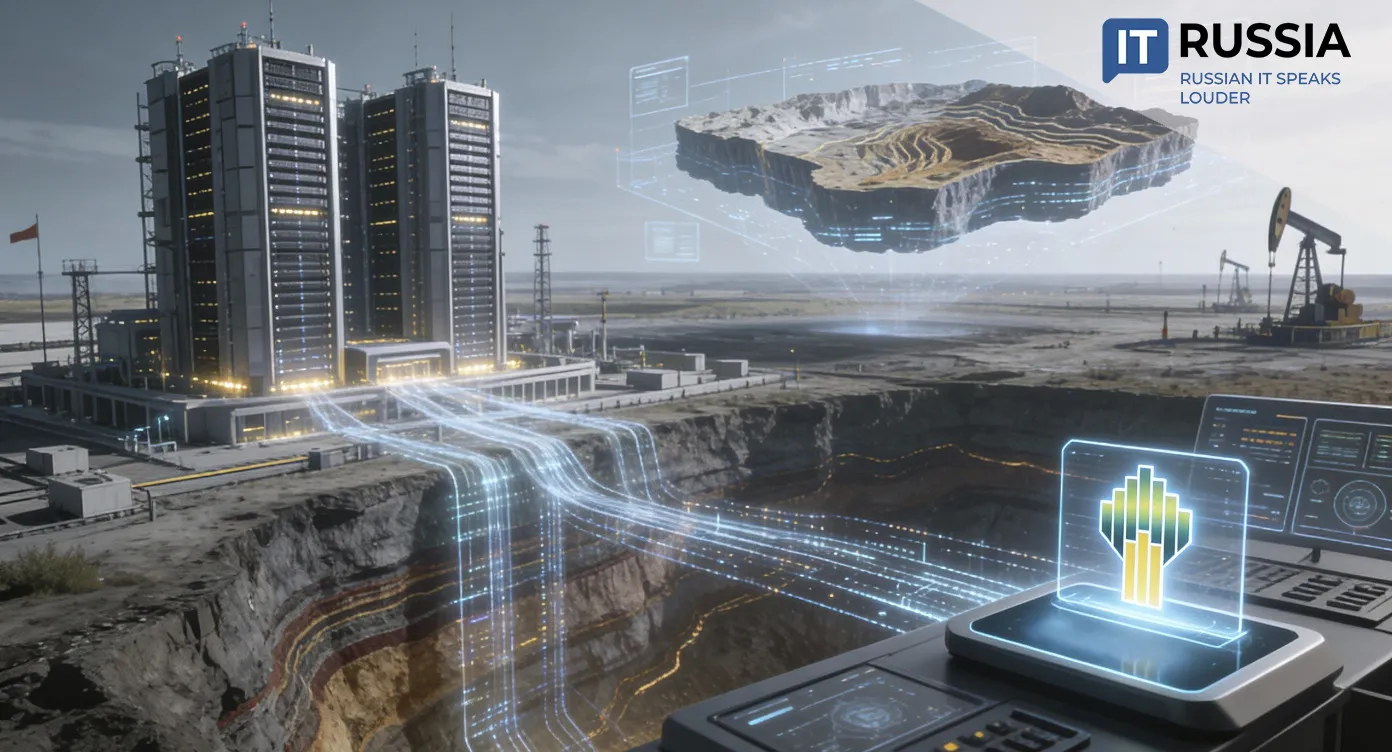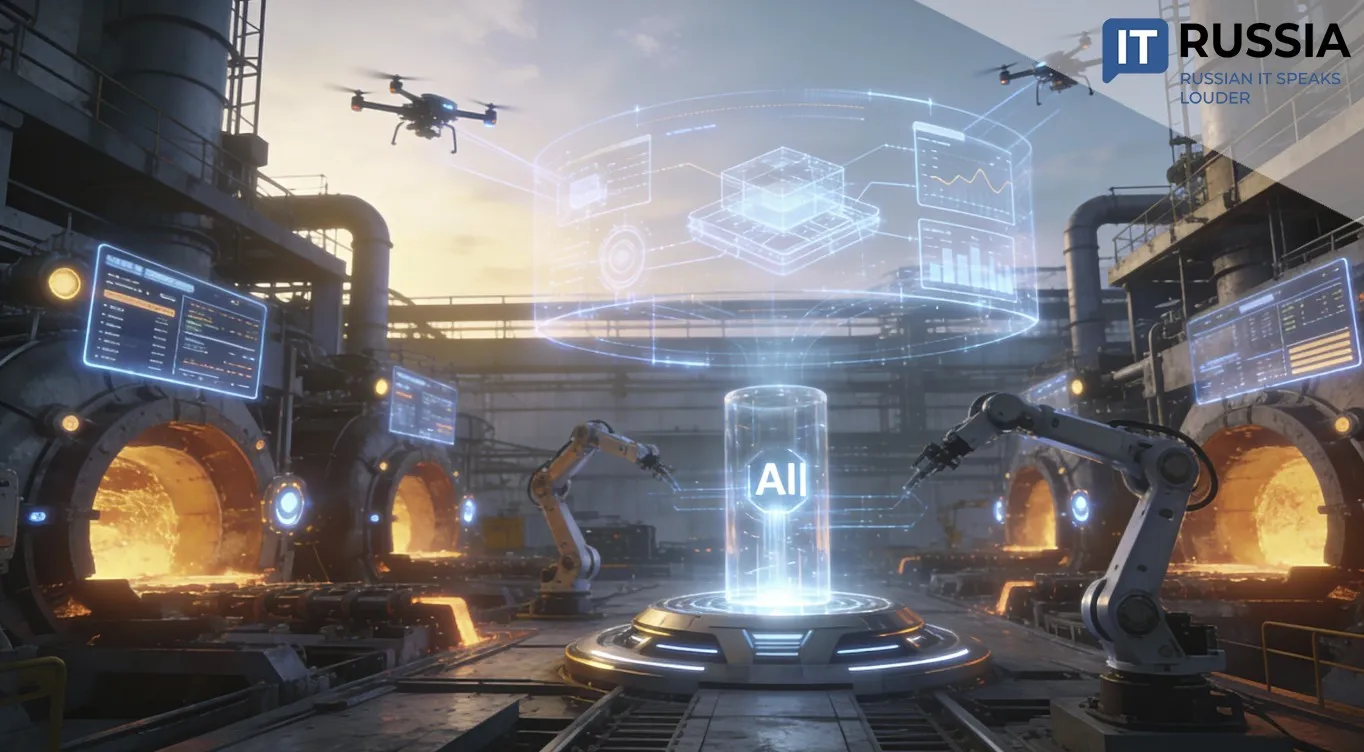Under the Parthenon’s Arches: Future Architects in Bashkiria Study Antiquity Through VR
Architecture students in Russia are stepping into ancient temples and walking the streets of Pompeii — all without leaving the classroom. Virtual reality is transforming how the next generation learns about architectural heritage.

From Chalkboard Sketches to 3D Models
This initiative, born at the intersection of culture, technology, and higher education, shows how modern tools can change the perception of architectural heritage. First-year students at the Ufa State Petroleum Technological University’s Institute of Architecture and Construction (UGNTU) can now study classical architectural design through virtual tours offered by the Eurasian Interuniversity Research and Education Campus.
The first VR class focused on classical architecture. Students explored virtual monuments of antiquity, comparing Greek and Roman temples and learning the features of late Hellenism.
For students, these classes mean deeper immersion: instead of chalkboard sketches, they see 3D models, which they can walk around, examine from every angle, and even “touch” virtually. Experts say this marks a shift from passive learning of architecture to active exploration.
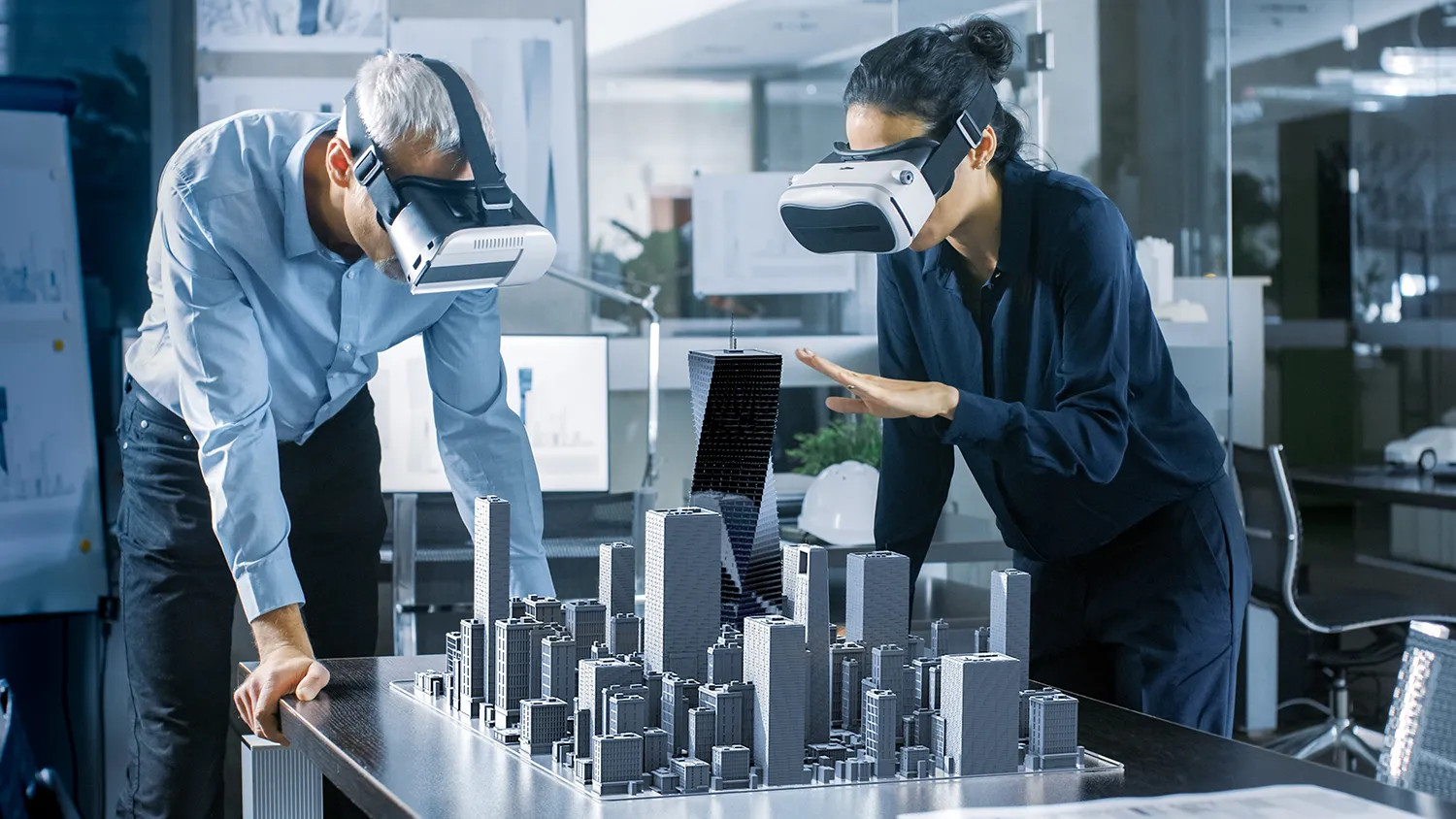
“Living” Architecture
Traditionally, architecture studies relied on drawings, photographs, and textual descriptions. VR is changing that paradigm. Students don’t just look at an object — they interact with it. This is especially valuable in antiquity studies, where many monuments are either lost or located far away. Virtual reconstruction not only shows a building’s form but also conveys its structure, scale, proportions, and even atmosphere.
This approach boosts student motivation, improves spatial thinking, and makes learning more accessible. It is particularly useful for beginners, who often struggle to imagine a three-dimensional building from flat drawings. VR breaks that barrier and makes architecture come alive.
A VR Environment for Beginners and Professionals
Every year, VR becomes more affordable and versatile. In 2022, for instance, BIMxAR, an augmented reality app for architectural education, helped students better grasp building sections and spatial structures.
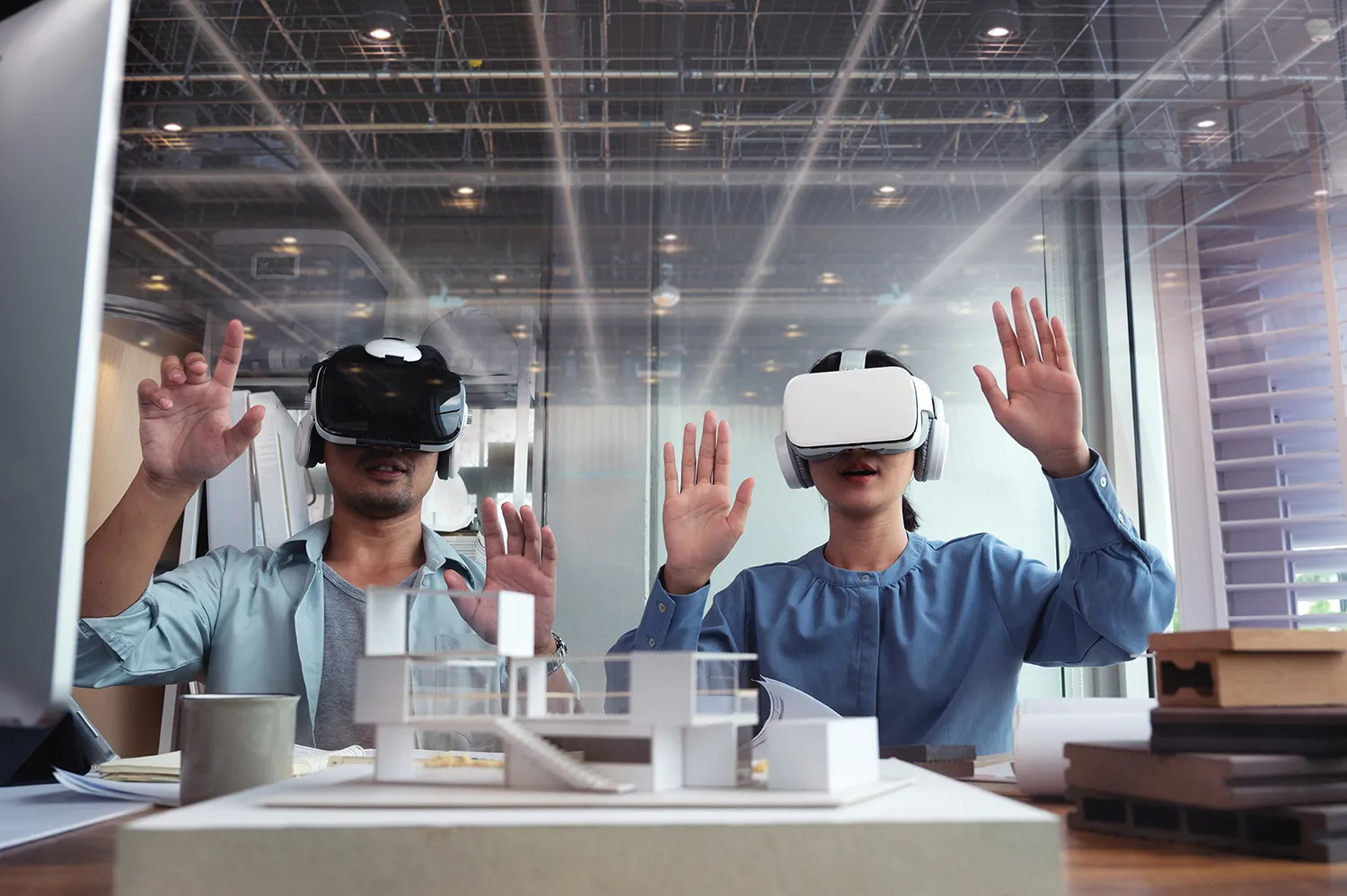
In 2021, the RelicVR project showed how VR games can spark interest in archaeology and cultural artifacts. In 2020, a virtual reconstruction of Elmina Castle demonstrated how technology can open access to global cultural heritage.
Another example is from the Peoples’ Friendship University of Russia, where students design a house on a computer and then use VR to examine it from multiple angles in real-world panoramas.
These examples confirm that VR is not just a passing trend, but a real educational, cultural, and architectural tool.
An Immersive Experience Indistinguishable from Reality
The Bashkiria initiative could become a springboard for wider use of VR in architecture and cultural studies programs. Researchers at UGNTU’s Institute of Architecture and Construction already predict deeper immersion: not only viewing but interacting with virtual worlds — picking up artifacts, conversing with AI-driven historical figures, and, with special gloves and suits, even experiencing tactile sensations and smells. Such advances could make immersive learning almost indistinguishable from reality.

Projects like this also open doors for international collaboration. Russia can adapt global best practices and offer its own solutions, such as VR reconstructions of architectural heritage in the CIS or historic Russian towns.
The project in Ufa demonstrates how technology can bridge past and future, linking cultural heritage with modern teaching methods. If today students in Bashkiria are “walking” through ancient temples in VR, tomorrow such practices may become the norm in universities across Russia and beyond.





